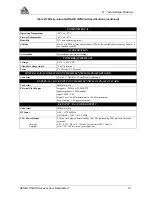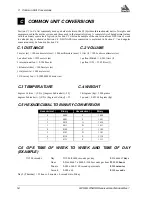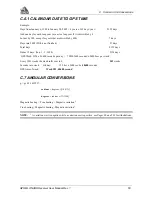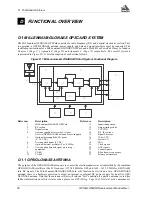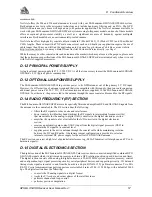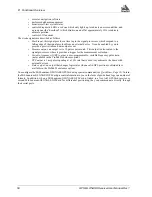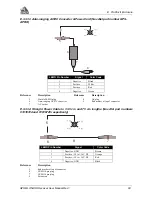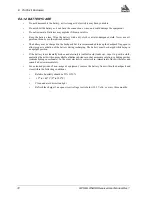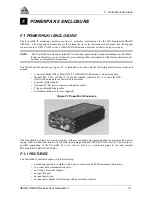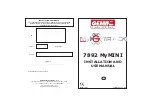
D
Functional Overview
58
GPS/GLONASS Receiver User Manual Rev 1
•
executes navigation software
•
performs database management
•
monitors self-test system status
•
controls diagnostic LEDs: a red one which only lights up to indicate an error condition, and
a green one (the “heartbeat”) which blinks on and off at approximately 1 Hz to indicate
normal operation.
•
controls I/O functions
The strobe signals are described as follows:
•
Mark input: this signal provides a time tag to the signal processors, which respond to a
falling edge of the signal provided from an external device. It can be enabled by you to
provide a precise time and data output event.
•
Measure output: an output set to 10 pulses per second. This output is also routed to the
signal processors, where it provides a trigger for the measurement collection.
•
Variable-frequency (VARF) output: a user-programmable, variable-frequency pulse train
(not available in the ProPak II enclosure option)
•
PPS output: a 1 ms pulse repeating at a 1 Hz rate that is used to synchronize the board with
external devices.
•
Status output: an output that changes logic states when a valid GPS position is obtained (not
available in the ProPak II enclosure option)
You configure the MiLLennium-GLONASS GPSCard using special commands (see Quick Start, Page 15). In turn,
the MiLLennium-GLONASS GPSCard presents information to you in the form of pre-defined logs in a number of
formats. In addition, when a MiLLennium-GLONASS GPSCard is linked to a NovAtel GPSCard receiver or
second MiLLennium-GLONASS GPSCard for differential positioning, they can communicate directly through
their serial ports.








